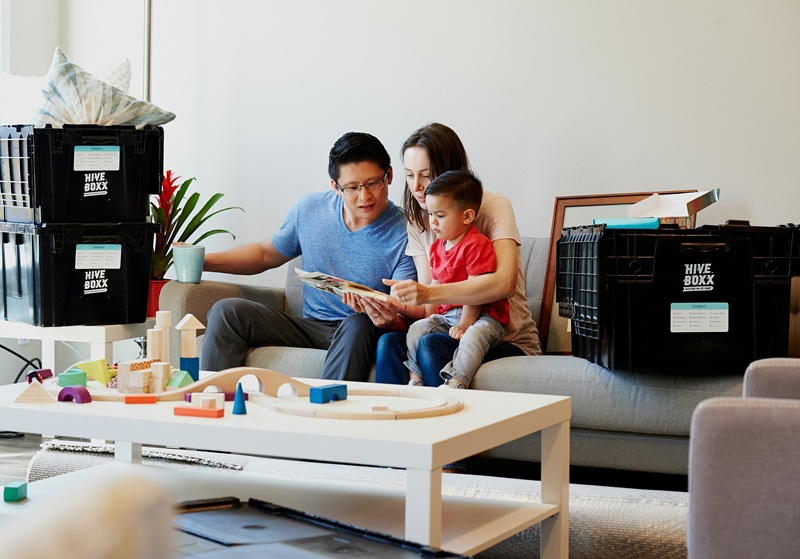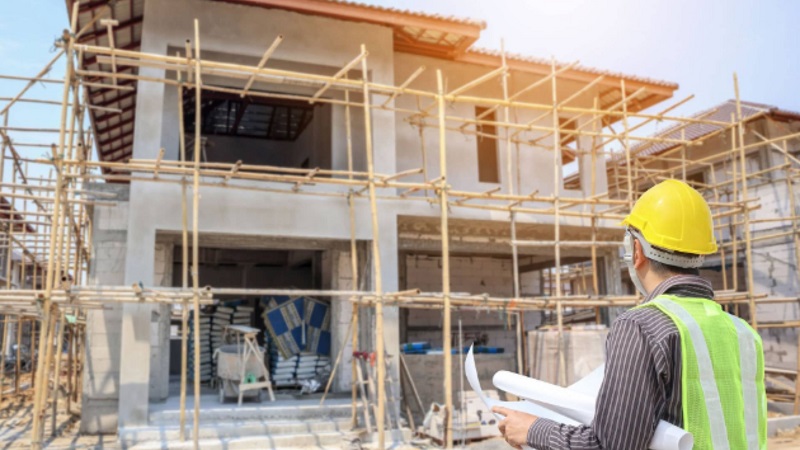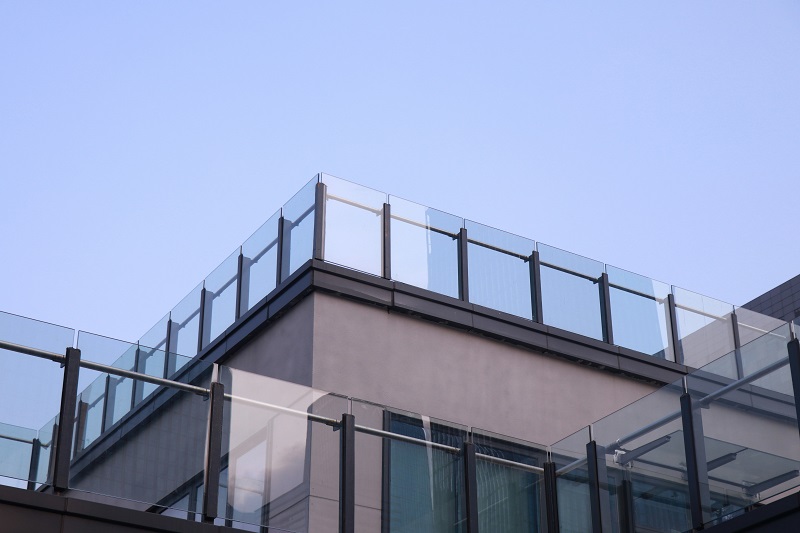Your home should be your family’s sanctuary—a place of comfort, security, and peace of mind. But accidents can happen anywhere, even in the most familiar surroundings. Prioritizing your family’s safety at home isn’t just a one-time task—it’s an ongoing commitment that involves awareness, smart planning, and the right investments. Here’s how you can make your home a safer place for everyone, from toddlers to seniors.
1. Eliminate Common Hazards
Start by walking through your home and identifying potential dangers. Loose rugs, slippery floors, exposed cords, and cluttered hallways can easily cause trips and falls. Make it a habit to keep high-traffic areas clear and well-lit. Install non-slip mats in the bathroom and kitchen, secure loose carpets, and keep furniture out of main walkways to minimize risk.
For families with young children, consider childproofing cabinets, securing heavy furniture to walls, and installing safety gates near stairs. These simple steps can drastically reduce the likelihood of household accidents.
2. Install and Maintain Smoke and Carbon Monoxide Detectors
Every home should be equipped with working smoke and carbon monoxide detectors. These devices can save lives by providing early warnings in the event of fire or gas leaks. Test your alarms monthly, replace batteries at least once a year, and ensure there’s a detector on every floor—especially near bedrooms.
For added protection, consider investing in smart smoke detectors that alert you via smartphone in case of an emergency, even when you’re not at home.
3. Upgrade Bathroom Safety with Walk-In Baths
Bathrooms are one of the most common areas for slips and falls, especially for the elderly or those with mobility issues. Installing a walk in bath is a practical way to significantly enhance bathroom safety. These baths are designed with a low threshold for easy entry, non-slip surfaces, and built-in handrails, and often include seating to prevent the risk of slipping while standing.
Walk-in baths are a valuable long-term investment for households with older adults or individuals recovering from surgery or injury. They offer the dual benefit of safety and independence, allowing users to bathe comfortably without assistance.
4. Secure Doors and Windows
Home security plays a major role in your family’s overall safety. Ensure all entry points—doors, windows, and garages—are properly secured with functioning locks. Consider upgrading to smart locks, which enable you to remotely monitor and control access. Window locks and reinforced glass can prevent break-ins while also keeping young children from opening windows unsupervised. Don’t forget to install peepholes or smart doorbells so you can see who’s at the door before opening it.
5. Prepare for Emergencies
Have an emergency plan in place that every family member understands and is familiar with. This includes knowing how to exit the house quickly, where to meet outside, and how to call emergency services. Keep a first-aid kit in a central location and make sure it’s stocked with essentials like bandages, antiseptics, and over-the-counter medications. Additionally, keep a list of emergency numbers—doctors, poison control, fire department—posted in an easily accessible spot.
6. Regular Safety Checks
Finally, make safety checks part of your routine. Review fire extinguishers, inspect electrical cords for damage, and ensure your water heater isn’t set too high (to prevent scalds). A quick monthly inspection can prevent bigger issues later.
Creating a safe home environment is a continuous process, but the rewards are immeasurable. By addressing everyday hazards, staying proactive, and making thoughtful upgrades like walk-in baths, you can ensure your home remains a secure and comfortable place for your loved ones.



















Leave a Reply